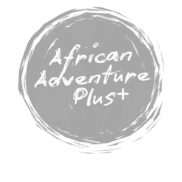KILIMANJARO NATIONAL PARK
Hiking Adventures on Mount Kilimanjaro
Mount Kilimanjaro National Park offers an extraordinary blend of adventure and natural beauty, making it a must-visit destination for travelers to Tanzania. Whether you’re seeking thrilling wildlife safaris or a once-in-a-lifetime hiking experience, this iconic park delivers something for everyone.
As the tallest free-standing mountain in the world and Africa’s highest peak, Mount Kilimanjaro is a bucket-list destination for trekking enthusiasts. The park offers several climbing routes, each with its own unique challenges and breathtaking scenery. From lush rainforests teeming with wildlife to alpine meadows and the icy summit of Uhuru Peak, hikers are rewarded with diverse ecosystems and stunning vistas along the way.
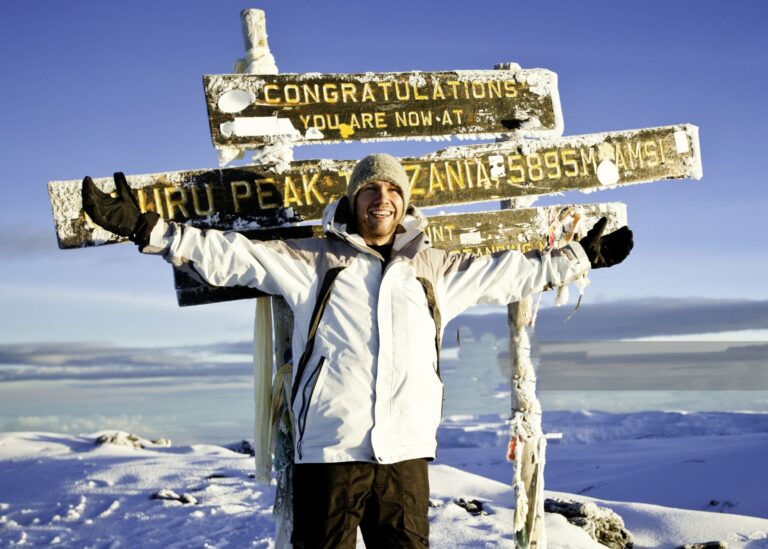
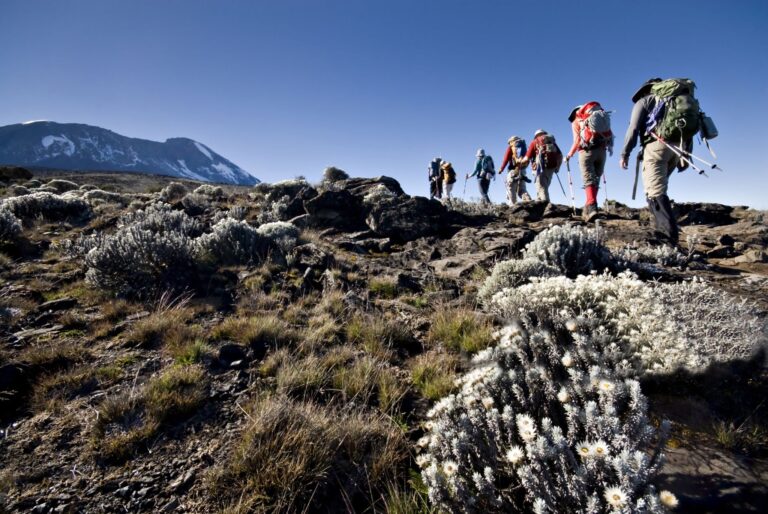
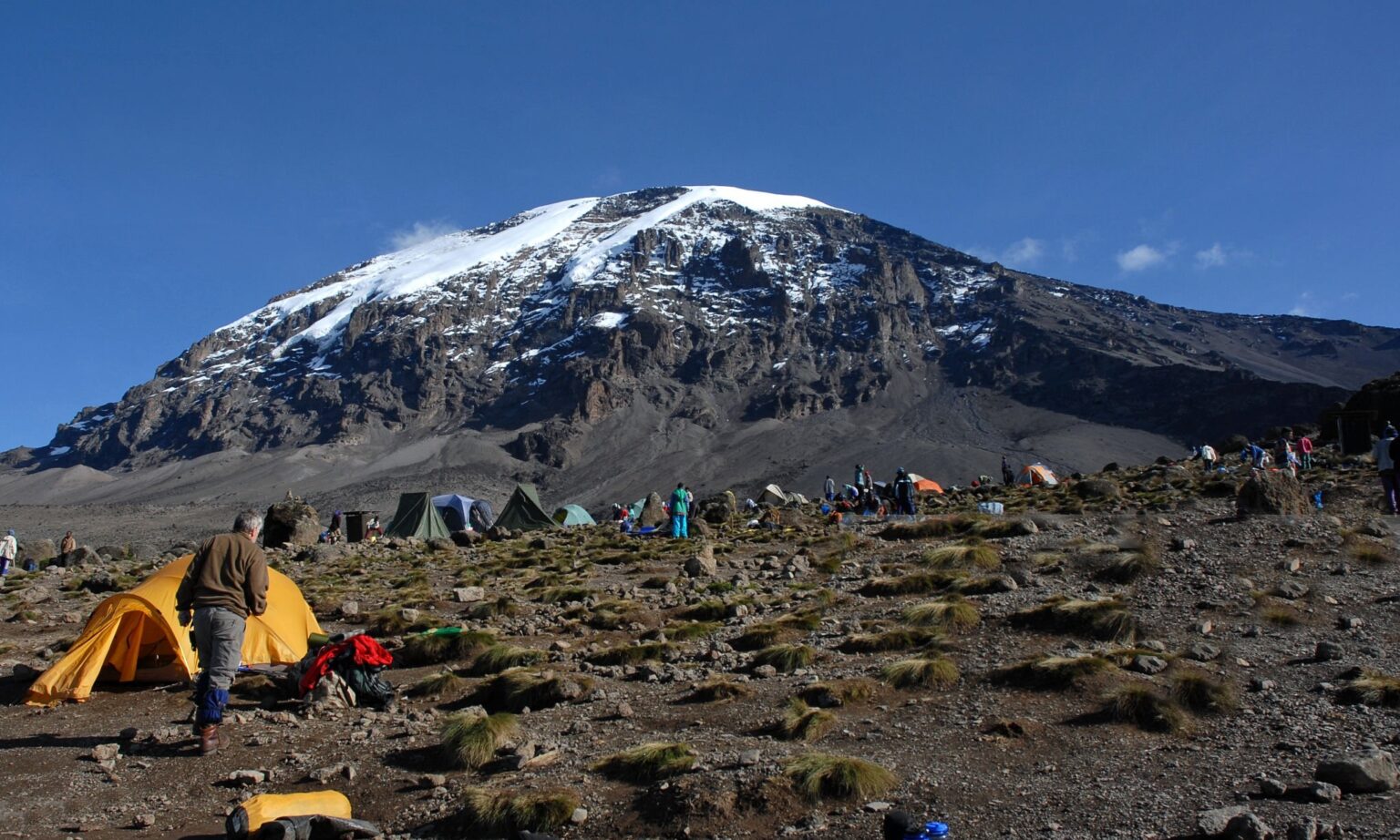
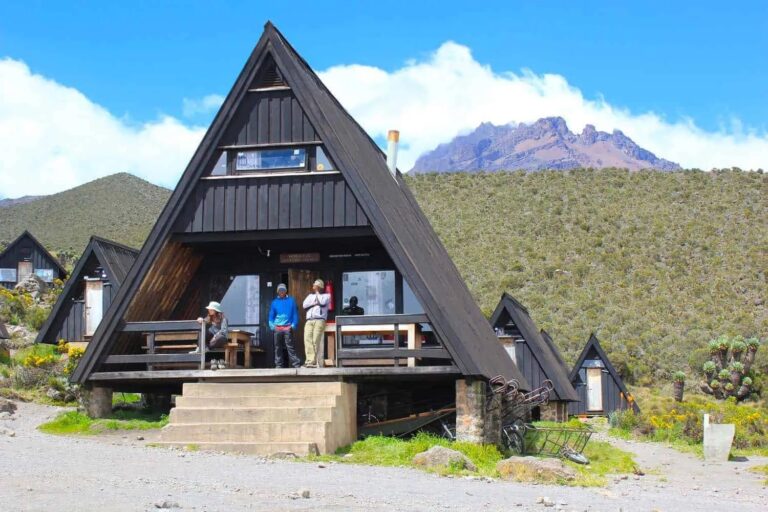
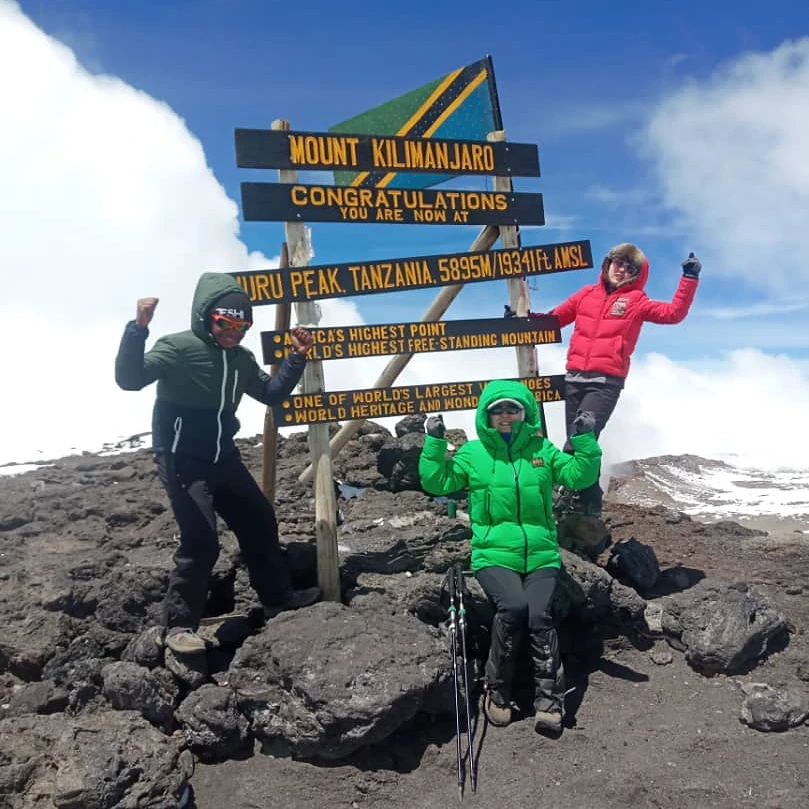
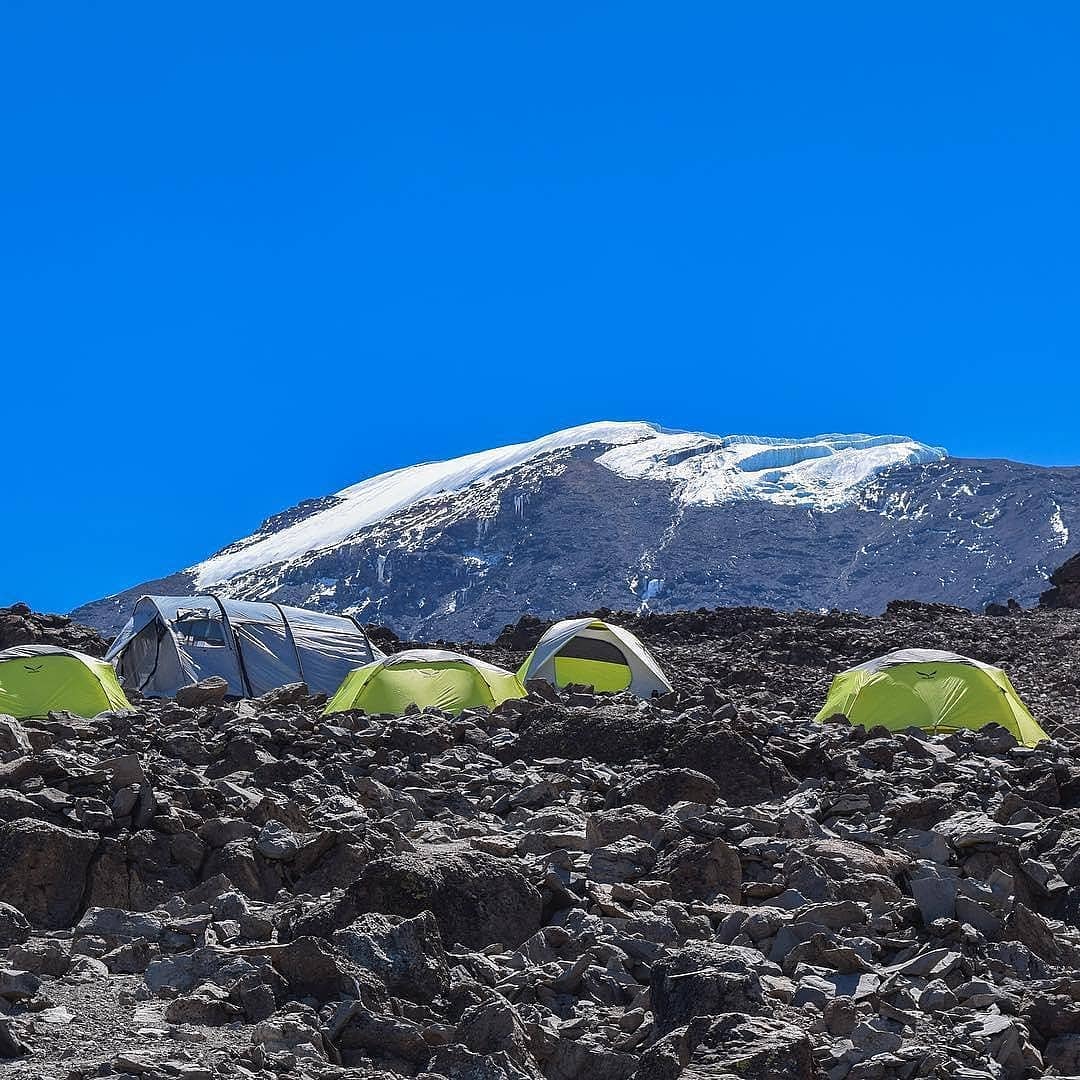
Routes for Hiking Mount Kilimanjaro
Routes for Hiking Mount Kilimanjaro
Mount Kilimanjaro, Africa’s highest peak, offers a variety of hiking routes, each catering to different levels of experience, fitness, and adventure preferences. Here’s an overview of the main routes to help you choose the one that best suits your needs:
1. Marangu Route (“Coca-Cola Route”)
- Duration: 5-6 days
- Difficulty: Moderate
- Features:
- The only route with hut accommodations, offering dormitory-style lodging.
- Considered the easiest path due to a gentler gradient, but shorter acclimatization time can make it challenging.
- Scenic trail through lush rainforest, moorlands, and up to the summit.
- Descends along the same trail, which can feel repetitive.
2. Machame Route (“Whiskey Route”)
- Duration: 6-7 days
- Difficulty: Challenging
- Features:
- Popular for its breathtaking views and diverse landscapes.
- Passes through rainforest, alpine desert, and glaciers, with spectacular views of Mount Meru.
- Requires a good level of fitness due to its steep climbs and descents.
- Offers better acclimatization than the Marangu Route due to the “climb high, sleep low” approach.
3. Lemosho Route
- Duration: 7-8 days
- Difficulty: Moderate to challenging
- Features:
- Begins on the western side of the mountain and is known for its scenic beauty and quiet trails.
- Offers excellent acclimatization with a gradual ascent.
- Passes through lush rainforest, Shira Plateau, and up to the summit.
- Recommended for trekkers seeking a less crowded experience.
4. Rongai Route
- Duration: 6-7 days
- Difficulty: Moderate
- Features:
- Starts from the northern side, near the Kenyan border, and is the least crowded route.
- Provides a unique perspective of the mountain with drier, less vegetated terrain.
- Suitable for those seeking a quieter climb, with a higher chance of spotting wildlife.
- Descends via the Marangu Route.
5. Shira Route
- Duration: 7-8 days
- Difficulty: Moderate to challenging
- Features:
- Similar to the Lemosho Route but begins at a higher elevation, making acclimatization more difficult.
- Offers stunning views from the Shira Plateau.
- Ideal for experienced climbers who are already acclimatized to high altitudes.
6. Northern Circuit Route
- Duration: 8-9 days
- Difficulty: Moderate
- Features:
- The longest route, offering the best acclimatization and highest success rates.
- Circles around the northern side of the mountain, providing unparalleled views of Kenya and the surrounding landscapes.
- Quiet and less crowded, making it perfect for trekkers seeking a more remote experience.
7. Umbwe Route
- Duration: 5-6 days
- Difficulty: Very challenging
- Features:
- The steepest and shortest route, with minimal time for acclimatization.
- Recommended only for experienced climbers in excellent physical condition.
- Offers dramatic scenery but comes with a lower success rate due to rapid altitude gain.
8. Kilema route
- Duration: 4-6 days
- Difficulty: Moderate to challenging
- Features:
- The Kilema Route is accessed via Marangu Gate and is primarily designed for cyclists.
- It features sections where bikers can ride through lush forests, across rugged trails, and over alpine deserts. While some areas are bikeable, there are steep, rocky sections where you’ll need to dismount and push your bike, especially as you approach higher altitudes.
Best Seasons for Climbing Kilimanjaro
Mount Kilimanjaro is accessible year-round, but the mountain’s weather patterns can be erratic and challenging to predict. Traditionally, the main trekking seasons run from December through March and June through October, with average temperatures in Moshi at 22°C (72°F) and summit temperatures around 7°C (45°F).
For the best climbing experience, however, the dry season from late June to October is ideal. April, May, and November mark the rainy seasons, though climate change has made these patterns less predictable. During the rainy season, the Rongai Route is recommended, as it is on the northern side of the mountain, which is more sheltered from the rains.
Pair Your Kilimanjaro Adventure with Iconic Destinations
Visiting Mount Kilimanjaro National Park is one of the most unforgettable experiences of a Tanzania holiday. For a truly remarkable journey, pair it with the iconic Ngorongoro Conservation Area or the Serengeti National Park, home to the world-renowned Great Migration of wildebeests and zebras, as well as the largest lion population in Africa.
Why Choose Mount Kilimanjaro?
Few places in the world so magnificently showcase the beauty and power of our planet as Mount Kilimanjaro. This awe-inspiring destination is not only a natural wonder but also a symbol of personal achievement for those who summit its peak.
African Adventure Plus offers expertly crafted itineraries departing from Arusha or Moshi, allowing you to explore Mount Kilimanjaro, West Kilimanjaro, and other stunning Tanzanian parks.
Plan Your Dream Adventure
If you’re ready to challenge yourself and conquer Africa’s highest peak, let us help you make it a reality. Share your vision with us, and we’ll create a tailor-made itinerary designed to exceed your expectations. You won’t pay a deposit until you’re completely satisfied with your dream safari!
Start planning your Kilimanjaro adventure today, and let us help you make memories that will last a lifetime!
How Challenging Is It to Climb Mount Kilimanjaro?
Climbing Mount Kilimanjaro, the highest peak in Africa at 5,895 meters (19,341 feet), is an incredible adventure, but it does come with its challenges. While it doesn’t require technical climbing skills, the trek is physically and mentally demanding due to the high altitude, varied terrain, and the need for stamina and preparation. Here’s a breakdown of the key challenges you may face and how to overcome them:
1. High Altitude and Acclimatization
- The Challenge:
Kilimanjaro’s altitude is one of the biggest hurdles. As you ascend, the air gets thinner, and oxygen levels decrease, increasing the risk of altitude sickness. Symptoms can include headaches, nausea, dizziness, and fatigue. - How to Prepare:
- Choose a longer route (such as Lemosho or Northern Circuit) to allow more time for acclimatization.
- Follow the “climb high, sleep low” principle during your trek.
- Stay hydrated, eat well, and pace yourself.
- Speak to your guide immediately if you experience severe symptoms.
2. Physical Endurance
- The Challenge:
Climbing Kilimanjaro requires days of continuous hiking, with some routes lasting up to 9 days. Summit day, in particular, is extremely demanding, as you’ll trek for 10-14 hours on steep, rocky terrain in freezing conditions. - How to Prepare:
- Train for several months before your climb with activities like hiking, running, cycling, or gym workouts to build stamina.
- Practice hiking on uneven terrain and carrying a daypack.
3. Varied Terrain and Weather Conditions
- The Challenge:
Kilimanjaro features five climate zones, from lush rainforest to icy glaciers. You’ll encounter everything from muddy forest trails to rocky slopes and scree-covered summit paths. Weather conditions can range from hot and sunny to freezing temperatures with strong winds. - How to Prepare:
- Invest in high-quality, layered clothing for all weather conditions.
- Wear sturdy, broken-in hiking boots for comfort and stability.
- Pack essential gear like trekking poles, gloves, and a waterproof jacket.
4. Mental Toughness
- The Challenge:
The trek requires perseverance, especially during summit day, when the combination of fatigue, altitude, and cold temperatures can test your mental strength. - How to Prepare:
- Set realistic goals and maintain a positive mindset.
- Break the climb into manageable sections and focus on one step at a time.
- Lean on your guides and fellow climbers for motivation.
5. Duration of the Climb
- The Challenge:
The trek typically takes 5-9 days, depending on the route. Long days of hiking and camping can be physically and mentally taxing. - How to Prepare:
- Opt for a route with more days to spread out the challenge.
- Pack for comfort, including a quality sleeping bag, a comfortable backpack, and nutritious snacks.
Is It Doable for Beginners?
Yes, Mount Kilimanjaro is a non-technical climb, meaning no ropes or climbing equipment are needed. With proper preparation, even beginners can successfully reach the summit. However, physical fitness, determination, and choosing the right route and tour operator are critical for success.
Success Rate and Tips for Reaching the Summit
- Success Rates:
Routes with longer durations (e.g., Lemosho, Northern Circuit) have higher success rates (80-90%) due to better acclimatization, while shorter routes like Marangu or Umbwe have lower rates (50-70%). - Tips for Success:
- Listen to your guide’s advice and follow a steady pace.
- Stay hydrated and well-nourished throughout the trek.
- Prioritize acclimatization over speed.
The Reward
Despite the challenges, standing on Uhuru Peak, the “Roof of Africa,” is an unparalleled achievement. The journey offers stunning landscapes, unique ecosystems, and a profound sense of accomplishment.
With proper preparation, the right mindset, and a supportive guide team, climbing Mount Kilimanjaro is a challenge you can conquer! Are you ready to take on this incredible adventure?
Choosing the Right Route
- For beginners: Marangu or Rongai routes offer easier gradients.
- For scenery lovers: Machame, Lemosho, or Northern Circuit routes are ideal.
- For experienced climbers: Umbwe or Shira routes provide a challenge.
- For the best chance of success: The longer Northern Circuit or Lemosho routes allow for better acclimatization.
No matter which route you choose, trekking Mount Kilimanjaro is a life-changing adventure. Are you ready to start planning your climb? Let us help create a personalized itinerary tailored to your preferences!
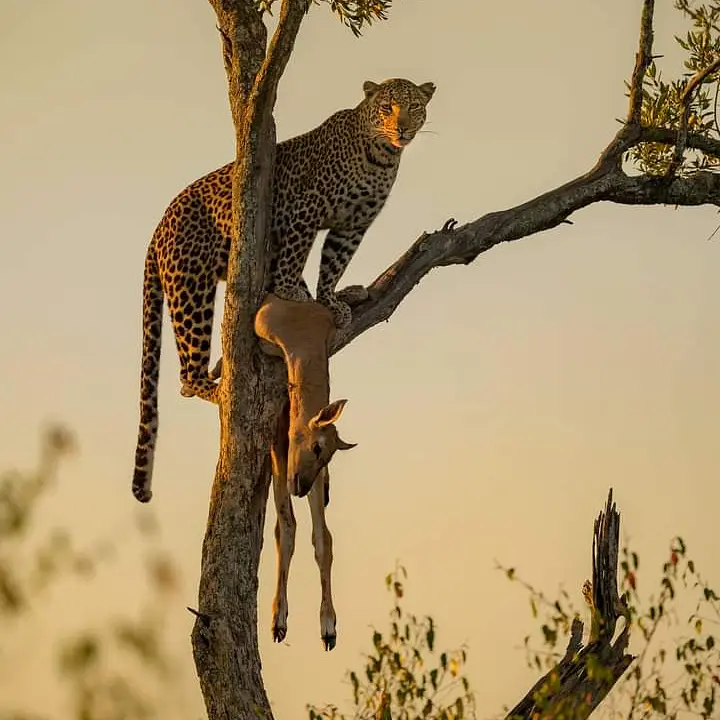
Day Trips Itinerary
Discover Tanzania’s wildlife in a single day! Visit parks like Tarangire, Lake Manyara, or Ngorongoro Crater.
Read More..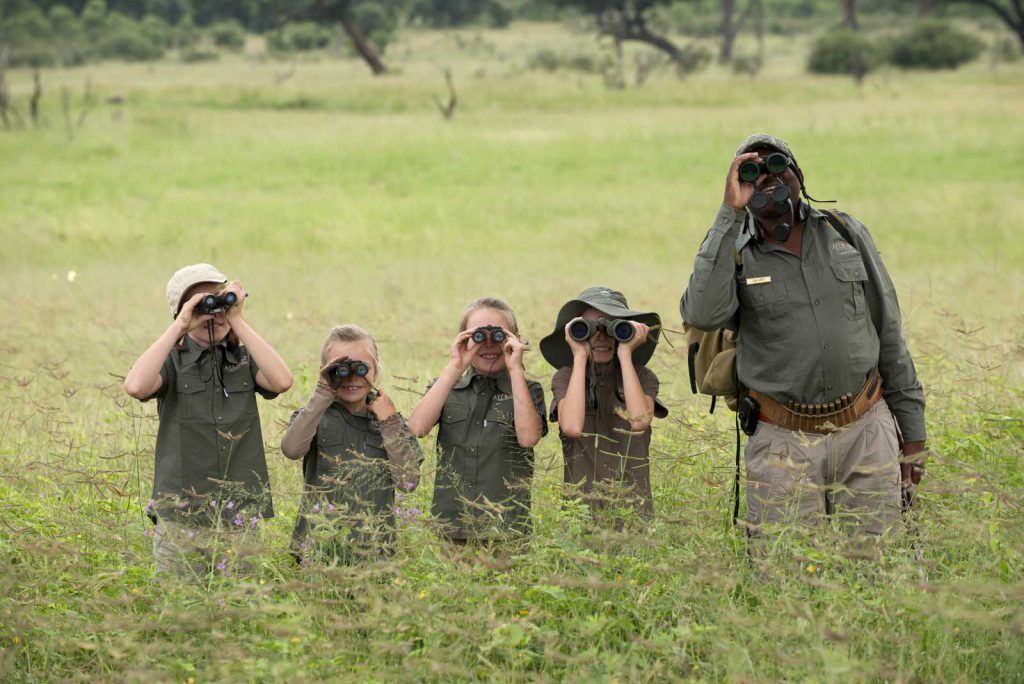
5 Days Tanzania Safari
Experience the majestic Serengeti, where endless golden plains come alive with an incredible array of Big Five.
Read More..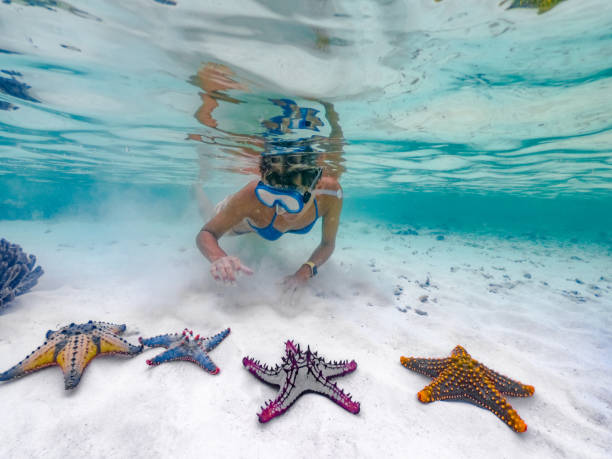
12 Days Migration & Zanzibar Beach Holiday
Read More..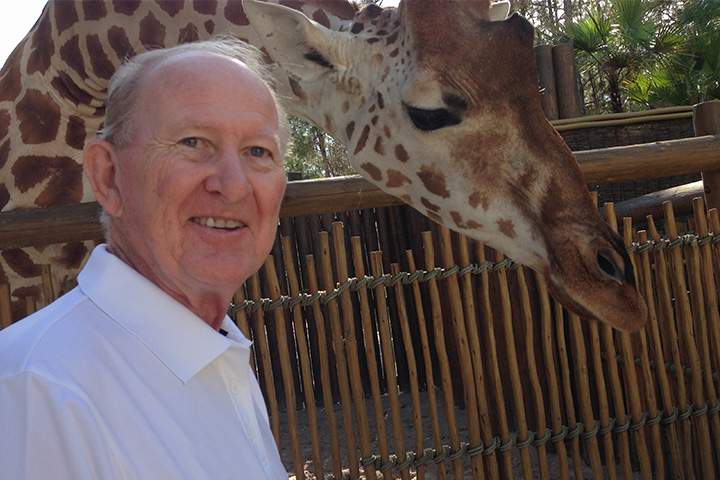
Tanzania safari for senior travelers
A Tanzania safari for senior travelers is the perfect blend of adventure and comfort, allowing you to experience Africa at your own pace.
Read More..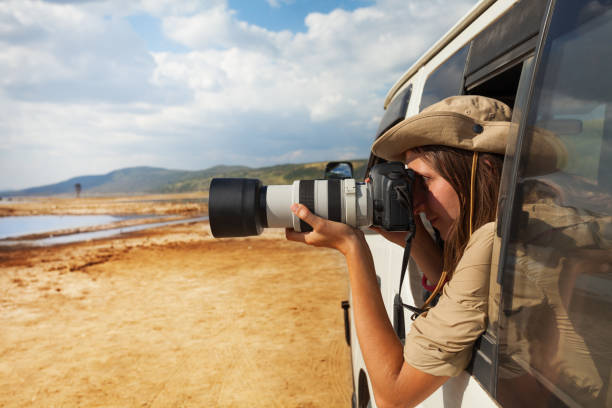
Tanzania Photography Safari
Tanzania is a paradise for photographers, offering a diverse tapestry of breathtaking landscapes, abundant wildlife, and rich cultural heritage.
Read More..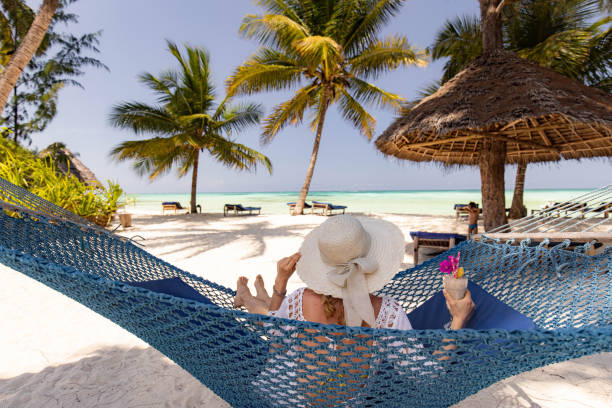
2 Days safar & 4 days Zanzibar Beach Holiday
Explore world-famous national parks followed by four days of Relax on white sandy beaches and swim in turquoise waters.
Read More..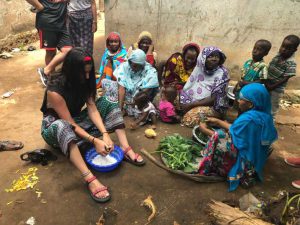
special interest and Accessible safaris
African Adventure Plus offers Special Interest and Accessible Holidays in Tanzania, catering to travelers with unique needs and preferences.
Read More..